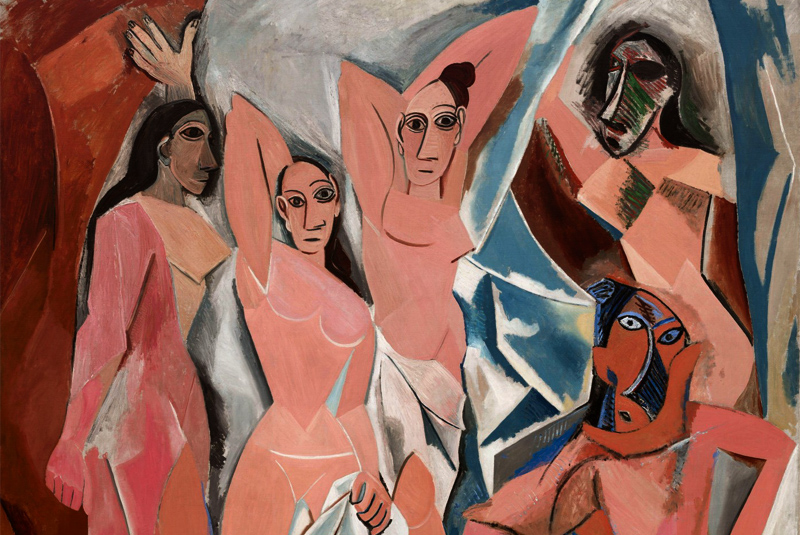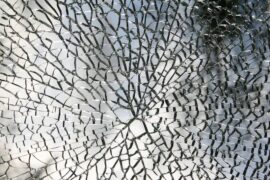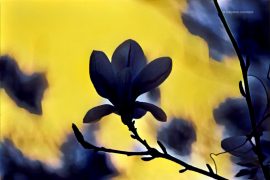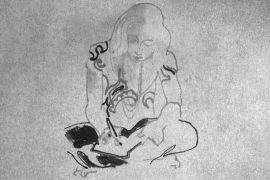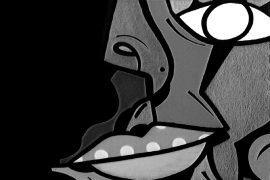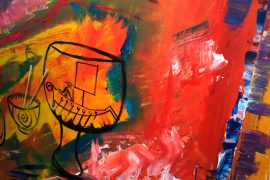Extraordinarily, in 1929 Paris, Jacques Doucet, the highly revered couturier-collector, installed an original Sui Dynasty Buddha statue adjacent to Pablo Picasso’s monumentally scandalous brothel painting Les Demoiselles d’Avignon. Doucet, oft-proclaimed ‘Prince of Paris,’ was embarked upon a spiritual journey to unravel the mystery behind the young Spanish artist’s most powerful and controversial work, and indeed, this first cubist painting is unquestionably the most influential in modern history – the singular 1907 work which accelerated Modern Art into abstraction – so fundamentally changing the look of the twentieth-century West. Picasso’s outrageous picture was the cornerstone of Doucet’s ‘Temple of Art,’ robustly guarded by the sixth-century marble Shakyamuni Buddha.
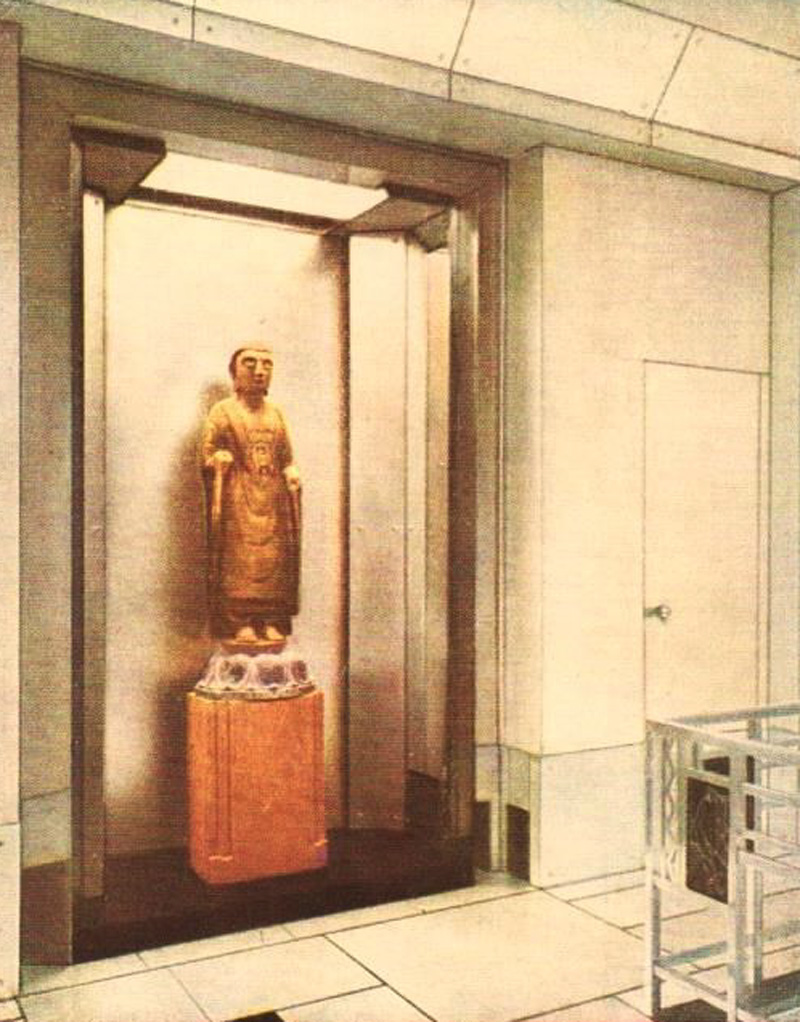
The eccentric Collector revealed his 1929 Temple to only very select, special visitors. Among the privileged few to mount the glass and enamel staircase was Yeshwant Rao Holkar II, the newly enthroned Maharaja of Indore. Youthful and westernised, Holkar had been educated in England at Charterhouse and Christ Church College, Oxford. While still only 21, he toured Europe with his mentor, a close associate from Oxford, Henri-Pierre Roché, the French art dealer, writer and author of Jules et Jim. Roché was something of a master-fixer. Through his good connections, Holkar was fortunate enough to gain access to the Doucet Temple in Paris. Coincidentally, it was through Roché that Jacques Doucet was introduced to Pablo Picasso in the first place, back in 1914, and before that he acquainted the inventor of Cubism with Henri (le Douanier) Rousseau, which led to the famous ‘Rousseau Banquet.’
-30-
Copyright©Madras Courier, All Rights Reserved. You may share using our article tools. Please don't cut articles from madrascourier.com and redistribute by email, post to the web, mobile phone or social media.Please send in your feed back and comments to [email protected]

